Art World
‘We’ve Been Chasing Unicorns for Decades’: Is the Elusive Tech Collector Real? Not Quite Yet, Dealers Say
Experts say there is still a long way to go before the tech industry becomes an art-market force.
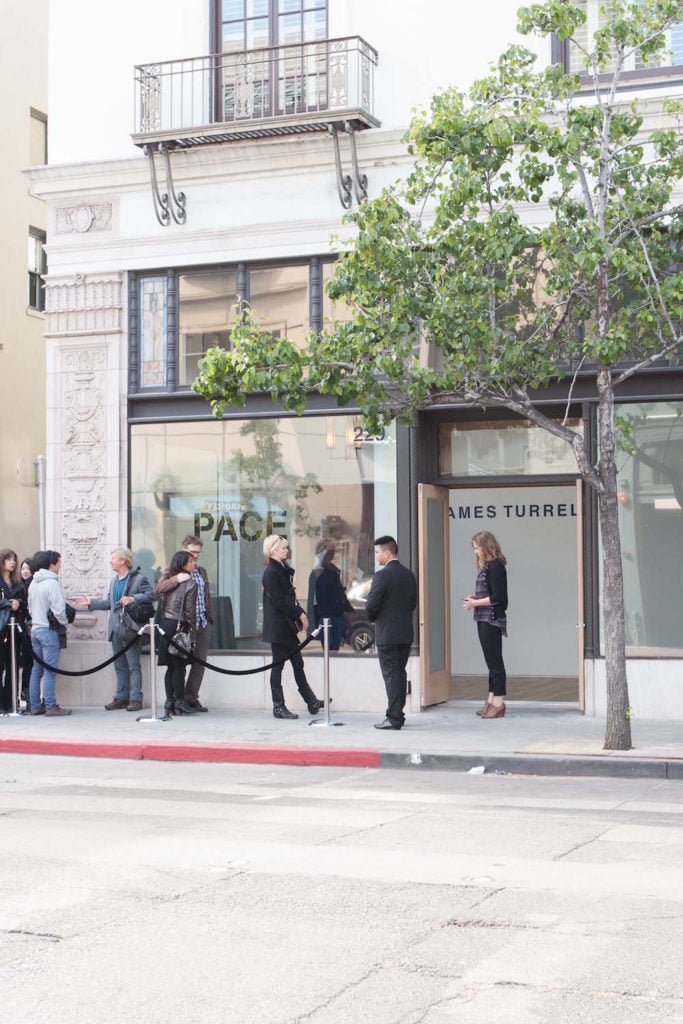
Experts say there is still a long way to go before the tech industry becomes an art-market force.

Eileen Kinsella

It’s the billion-dollar question everyone is sick of hearing but nobody has been able to answer: Will the wealthy young tech industry start pouring cash into art?
The art market hunts for new money like a wolf hunts sheep, and over the past decade, no fewer than 10 art fairs have launched in Silicon Valley, Seattle, and other tech enclaves in an effort to tap into the increasingly flush sector. Earlier this month, the third edition of the Seattle Art Fair drew 100 galleries to the city, the largest number of exhibitors to date. But are their efforts actually gaining traction?
artnet News surveyed almost a dozen West Coast dealers, collectors, advisors, and museum professionals (as well as East Coast dealers who participated in the recent Seattle fair) and the conclusion is clear: The market has not yet fully arrived, but the irrepressible art industry is not giving up.
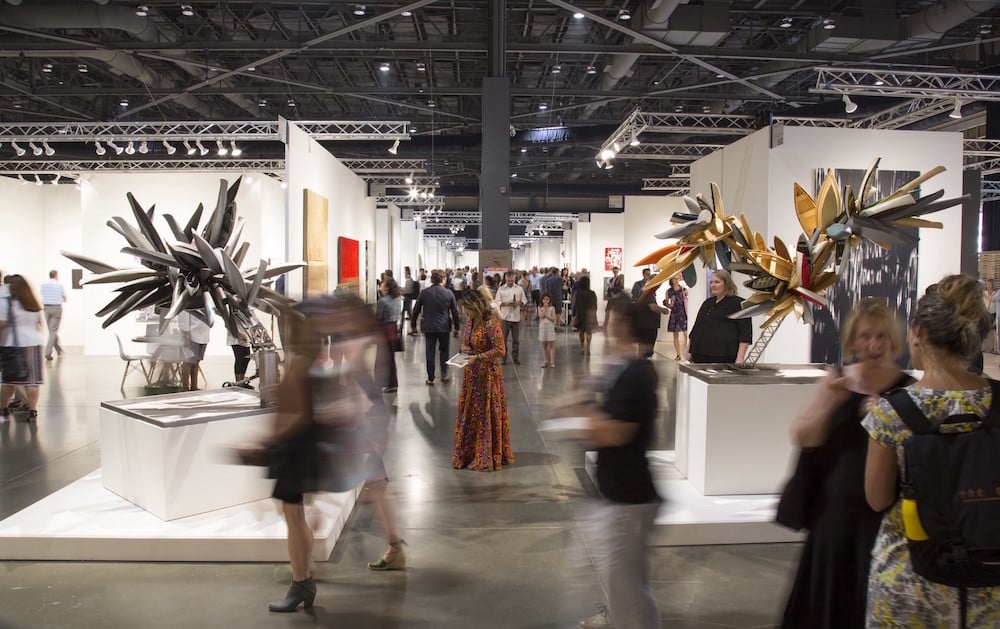
Opening night at the Seattle Art Fair. Courtesy of Seattle Art Fair
“It’s a tired question, but I understand why everybody wants to know because there is that base of money,” says veteran Seattle dealer Greg Kucera. “I feel like we’ve been chasing unicorns for decades now. You might occasionally get to ride one, but they are still unconcerned with art.”
The tech industry, of course, is by no means a monolith; it is made up of individuals with unique backgrounds, budgets, and tastes. But experts agree that cultivating a healthy market on the West Coast is a long game that will require a mix of education, mentorship, and strategic thinking. Tech collectors buy differently than the East Coast old guard—and dealers need to approach them differently, too.
Lesson number one: Commit. “You can’t zip into town for an art fair—they haven’t been at it long enough to feel comfortable buying at an art fair,” says Marc Glimcher, the president of Pace Gallery, which opened a storefront in Palo Alto, California, in 2016 (prior to that, in 2014, Pace had a pop-up space at a Tesla dealership in Menlo Park). He estimates that 15 percent of Pace’s total revenue now comes from the outpost. But the gallery spent a decade cultivating clients in the area before opening a physical space there. “You have to earn trust by making a commitment,” he says.
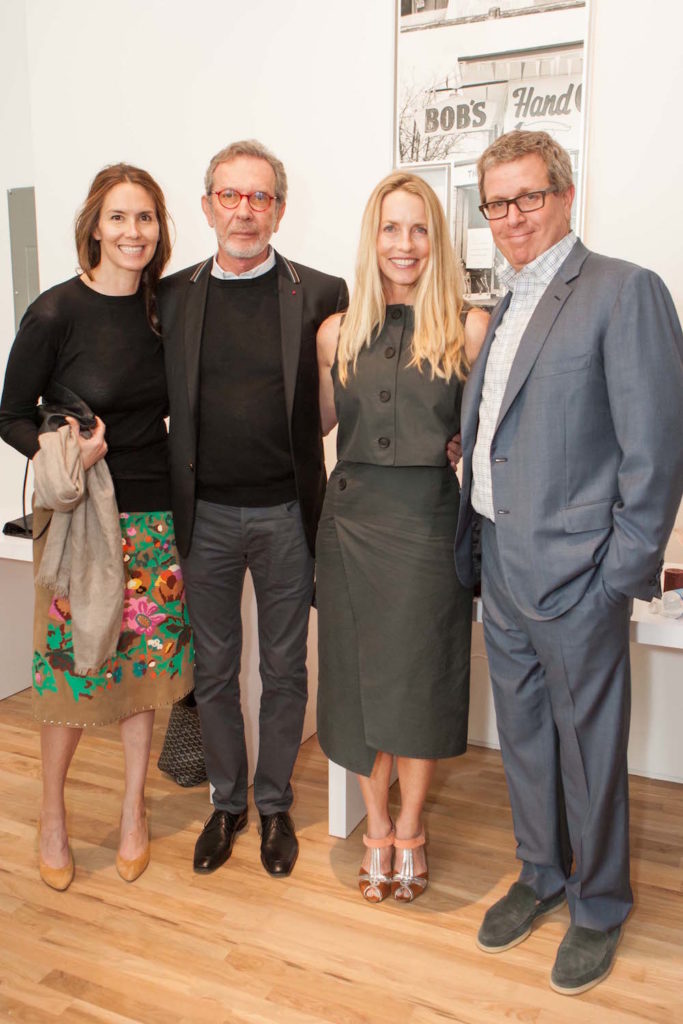
From left: Fairfax Dorn, Arne Glimcher, Lauren Powell Jobs, and Marc Glimcher at the opening of Pace Palo Alto in 2016. Photo by Drew Altizer Photography.
Many dealers note that the best way to hook new buyers out West—regardless of their income—is to offer works at an affordable price point. “Start by hitting singles” rather than trying for home-runs, says Microsoft product manager-turned-art dealer Charlie James. At the Seattle Art Fair, he kept costs as low as possible, taking a small booth and presenting works under $2,000. He sold 12 in all, and was pleased to reconnect with old friends and meet new clients.
James notes that his friends in the industry “look quite wealthy to my eyes” and “have no problem pouring money into their houses—think $30,000 kitchens, they talk kitchens all day. But $5,000 for an art piece? Stop the presses!”
(On the flip side, New York dealer Michael Rosenfeld says that he sold multiple six-figure works at the fair by artists including Betye Saar, Willem de Kooning, and Jacob Lawrence—but not one work went to a client in the tech industry.)
Another difference between selling art in Seattle or San Francisco as opposed to New York? Name dropping doesn’t work. San Francisco dealer Claudia Altman-Siegel notes, “You can’t just say, ‘This person worked for Christopher Wool, so therefore they’re important.’ That doesn’t mean anything here.”

“Will and Be Going To” installation at Altman Siegel. Courtesy Altman Siegel Gallery, San Francisco
Glimcher concurs. “In Silicon Valley, you have very intelligent educated people who don’t place a priority on accruing social status through conspicuous consumption—that is against the culture,” he says.
Tech collectors are far more likely to respond to a work because of the narrative behind its creation. “They’re obsessed with the history of artists as innovators,” Glimcher says. “We found a lot of them connect strongly to very meditative kind of art. Agnes Martin has many followers in the peninsula, for instance.”
There is a significant tradition of collecting on the West Coast. The Schwab family, whose fortune comes from banking, and the Fisher family, whose patriarch founded the Gap clothing company, have built major collections and donated scores of work to local museums. But experts say the mantle has not yet been taken up by the next generation.
Kucera notes that art collecting took off in fields such as medicine and law after firms began offering their employees access to cultural institutions and encouraged them to get involved. That same pattern was reflected in biotech and even extended to the first generation of tech billionaires.
“Initially, when we saw Microsoft and other companies becoming the source of wealth for so many… there were really great collectors like John Shirley and Paul Allen who set a standard,” Kucera recalls. “But when we get to the recent developments in tech, we’re not seeing that translate exactly, and I don’t know if that’s because examples are not being set by people like Jeff Bezos and Mark Zuckerberg.”
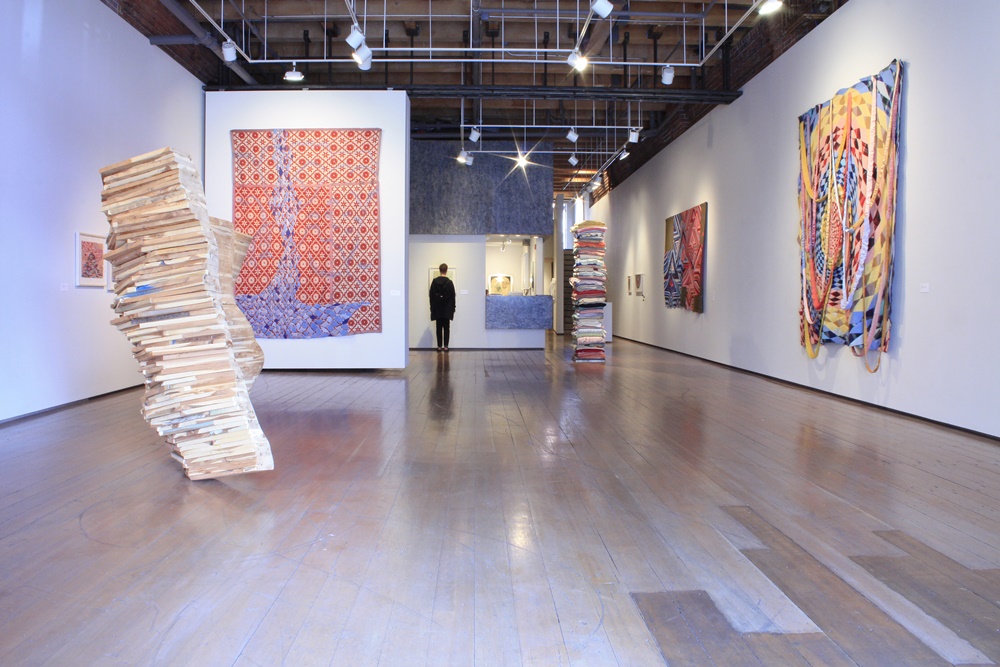
Greg Kucera Gallery. Photo by Laura Komada.
San Francisco dealer Jessica Silverman, who opened her gallery in 2008, says that venture capitalists are the most likely contingent to jump into collecting. “It makes sense if you think about a venture capital mindset, they’re not risk-averse and the price of contemporary or emerging art is lower than what they would be typically be investing,” she notes.
Still, most agree that collecting has not yet permeated Silicon Valley’s culture. “In New York, art is part of the fabric,” says Mihail Lari, who collects work by artists including Wolfgang Tillmans, Lisa Oppenheim, and Liz Deschenes with his husband, eBay executive Scott Murray. “It’s a smaller ecosystem here in San Francisco, where tech is part of the fabric of the city, and art, less so. It’s kind of peripheral.”
Still, Lari notes, there are advantages to being on the periphery. “Collecting is so much about taking that plunge and spending time and money and making mistakes and just getting hooked,” he says. Sometimes, “being slower is a good thing.”
Indeed, some advisors say that the major hurdle to convert tech workers into collectors is not lack of interest, but lack of access. “The art market has an infamous reputation, one that’s well deserved, that it’s not welcoming,” says Tatiana Maratchi Legrain, an attorney and art advisor based in Menlo Park. She says clients are sometimes surprised they can walk into galleries for free, and often ask her, “’Can I get in? Can I not get in? Should I ask for the price? Am I supposed to know?’”
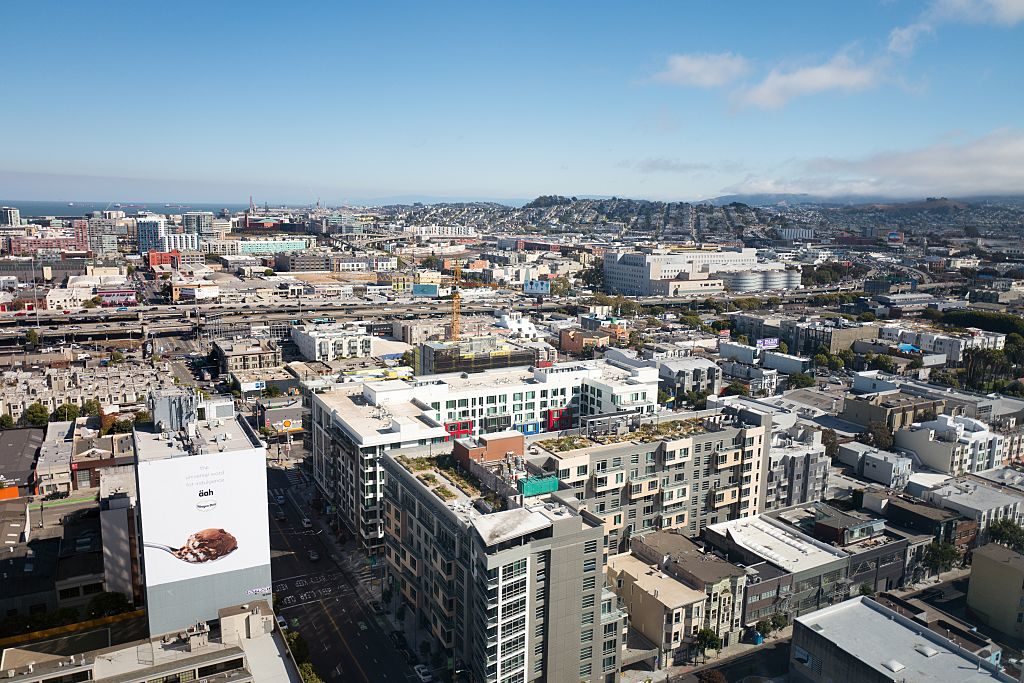
Aerial view of downtown San Francisco, California, including the South of Market (SoMA) neighborhood, in July 2016. (Photo by Smith Collection/Gado/Getty Images).
Some claim there are early indications that the tide is turning—slowly. Silverman says that over the past year, she has seen an influx of buyers in their late 20s and early 30s “who are very committed to buying art and supporting artists’ practices in a very philanthropic, dedicated way. That wasn’t the case six to seven years ago at all.”
And as in any emerging market, peer pressure goes a long way. “When you get someone who’s at a tech company who is fairly public buying art, their friends tend to be interested in following that path,” Silverman says. Just as East Coast hedge-funders began buying en masse in the early aughts, “I’ve seen it happen where groups of people start buying art not necessarily because they work together, but because they’re in the same friend circle.”

The San Francisco Museum of Modern Art. Courtesy the San Francisco Museum of Modern Art, © Henrik Kam.
So far, the shift has been more pronounced in San Francisco than in Seattle. In the Bay Area, “there has been a big boom in the market mostly initiated by the re-opened SFMOMA,” says Maratchi Legrain, who teaches a course at Stanford University called “The Business of Art: Buying Selling and Collecting.”
The museum’s re-opening and “the fact that big galleries such as Pace and Gagosian launched new spaces in the area kind of started a new trend and a new vibe,” she says. eBay, for example, sponsors free admission to SFMOMA for its employees, and the museum counts Yahoo! CEO Marissa Mayer, tech investor Adam Clammer, and many other industry veterans among its board members.

Tatiana Legrain’s classroom at Stanford. Image courtesy Tatiana Maratchi Legrain.
Other institutions are now looking to get in on the action as well. Susan Dackerman, the incoming director of Stanford’s Cantor Arts Center, recently told the San Francisco Chronicle that tapping into the tech audience would be a major priority. “I want to figure out ways to connect the museum to the technology community both on campus and in the area,” she said.
Some are more optimistic than others about the long-term prospects of the next generation. Kucera says: “You can’t presume money alone makes the difference. The difference is in education, it’s in access, and encouragement from one’s mentors. But we’re not seeing that.” Yet.